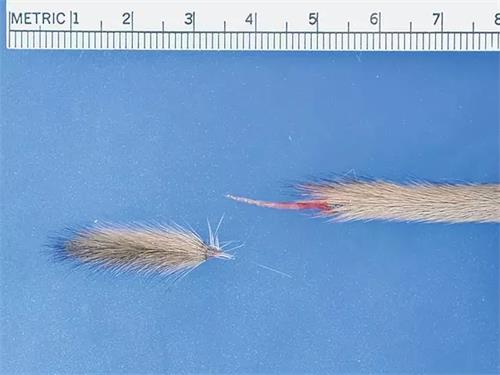Clinical observation of rodent experimental animals: abnormal clinical signs of animal signs (6)
§ Written in the front <br>I found that animal behavior or abnormal changes in the body are an important part of the daily work of experimental animal users. In your daily work, you have many opportunities to observe the normal performance and behavior of animals. When observing, the mind needs to know what is the normal performance of a particular group, a particular group or a particular type of animal. When we find that an animal behaves differently than normal, then the change can be called a clinical symptom because it may be a sign of a clinical (or visible) disease. Sneezing, dysentery or loss of appetite are also areas of clinical symptoms, and we can also refer to these abnormal changes as abnormal findings. This issue mainly introduces you to some clinical symptoms of the tail of rodent experimental animals. Ring tail Figure 1 The various degrees of the tail of the mouse. The exact cause is still unclear, but it is related to extreme humidity. Tail injured Figure 2A The mouse tail (and hind legs) was injured and was caused by a fight. The animal's tail is severely damaged, causing the blood supply to the tip of the tail to be severed, further leading to necrosis of the tip tissue. Figure 2B The animal's tail is injured by fighting. Tail knot (tail tail) Figure 3A The albino mouse has knotted tails. This kind of tail knotting may be caused by genetic factors, or it may be caused by improper handling. Figure 3B The mouse tail is curled. This type of tail abnormality is most likely caused by genetic mutations or deletions during development. Short tail <br> describes the animal's tail shorter than other normal animals of that age, gender and strain. Figure 4A The animal appears as a short tail and sits oddly. This type of short tail is almost always caused by developmental defects. Figure 4B The tails of these mice all showed varying degrees of shortness. This type of short tail is usually caused by a wound, a female rat, or a severe ring tail. Slippery tail Figure 5 This is a picture of the tip of a gerbil tail that is used to illustrate the condition of the tail. The tip of the tail has fallen off, exposing the tissue and bone. Gerbils are more prone to slippery tails, but all rodents may have tails. For rodents, the root of the tail should be taken instead of the tip. § More references These are just the tip of the iceberg by Charles River Laboratories, the Handbook of Clinical Signs in Rodents and Rabbits. In recognition of the support of many customers in the life sciences industry for many years, from January 2016, Weitong Lihua has exclusively issued a limited edition Chinese version in mainland China, which will provide you with valuable experimental reference materials. The series is limited to the Chinese version of the limited edition, if you need the book, you can consult the regional manager in your area to get the internal publication. Cosmetics are compound mixtures made from various raw materials after reasonable blending and processing. There are many types of cosmetics raw materials with different properties. According to the raw material properties and uses of cosmetics, it can be roughly divided into two categories: base raw materials and auxiliary raw materials. The former is a main raw material of cosmetics, which occupies a large proportion in cosmetic formulations, and is the main functional substance in cosmetics. The latter is responsible for shaping, stabilizing or imparting color, fragrance and other characteristics to cosmetics. These substances are not used in large amounts in cosmetic formulations, but are extremely important. Cosmetics are chemical mixtures made of natural, synthetic or extracted substances with different functions as raw materials and processed through production processes such as heating, stirring and emulsification. Collagen peptide, Arbutin, Coenzyme Q10, GSH, Cosmetic Raw Materials, lipoic acid Xi'an Gawen Biotechnology Co., Ltd , https://www.ahualyn-bio.com
Describe the skin contraction of the animal's tail.
The cause is thought to be related to changes in humidity in the animal room, but the exact cause remains unclear. The degree varies, and may even cause tail loss, which can be seen in both mice and rats. 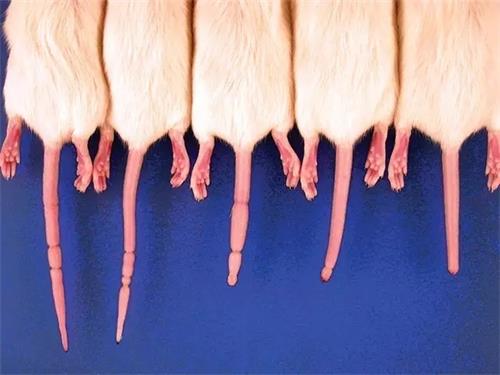
Describe an animal bite, scratch or ulcer on the tail. It may also be caused by research interventions, such as injections.
Causes Tail trauma is usually caused by animal fighting. It may also be caused by improper use of the scorpion to take the animal. Tail vascular injury is also one of the causes. This condition sometimes leads to necrosis of the tip. Tail injuries can also be attributed to fighting, blood collection, net cover or nesting materials that have caught the tail. 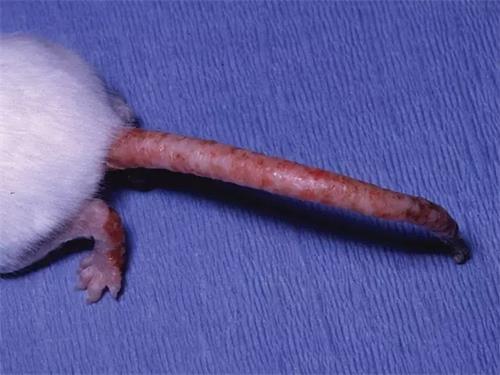
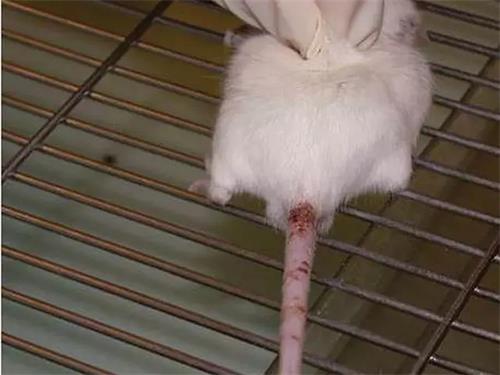
Describe the animal's tail knotted, curled or bent.
The cause of tail knotting or curling may be a genetic defect. It may also be caused by the healing of the tail after the injury. 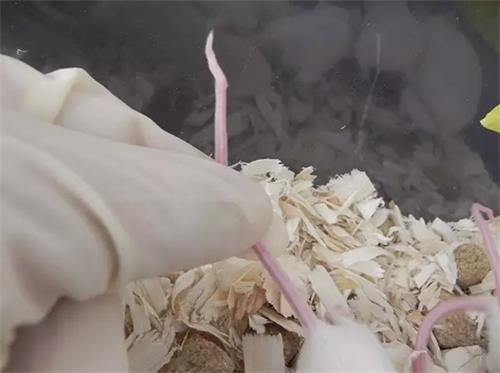
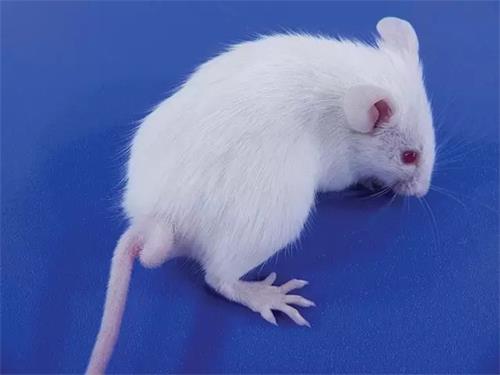
The cause may be a short tail caused by truncation of the DNA sample (removing the tip of the tail). It may also be caused by a cage. After the injury occurred, the necrotic tip of the tail appeared to fall off during the healing process. Then the tip of the tail becomes dull. Short tails may also be caused by genetic mutations or defects during development. 
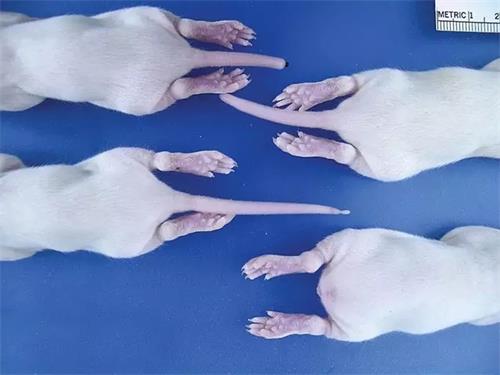
Describe the animal's tail skin slipping, causing the tendon to be exposed.
The cause should be attributed to improper handling of the animal. Animals should be taken as close as possible to the roots of the animal's tail, especially gerbils and large animals. 